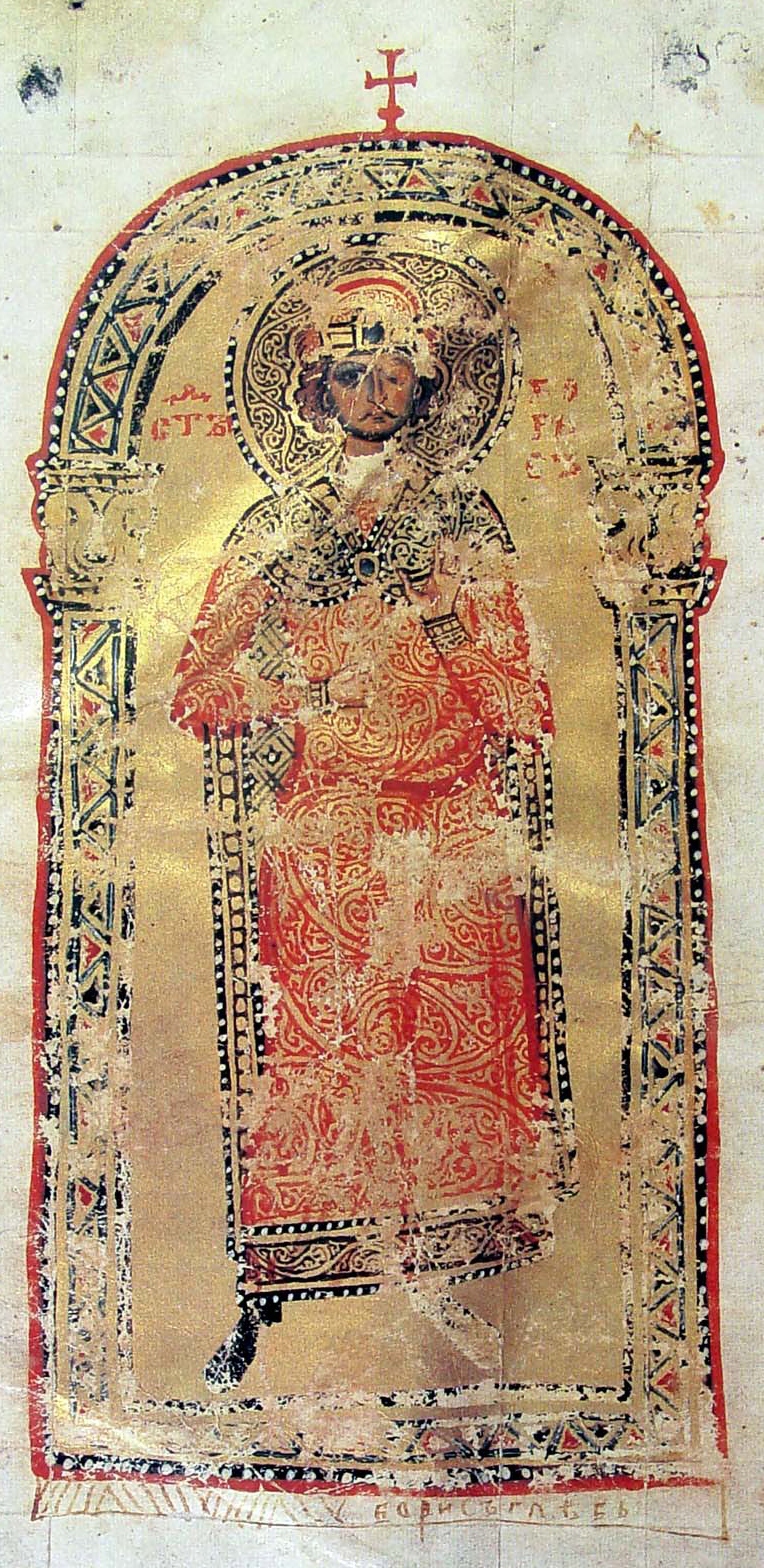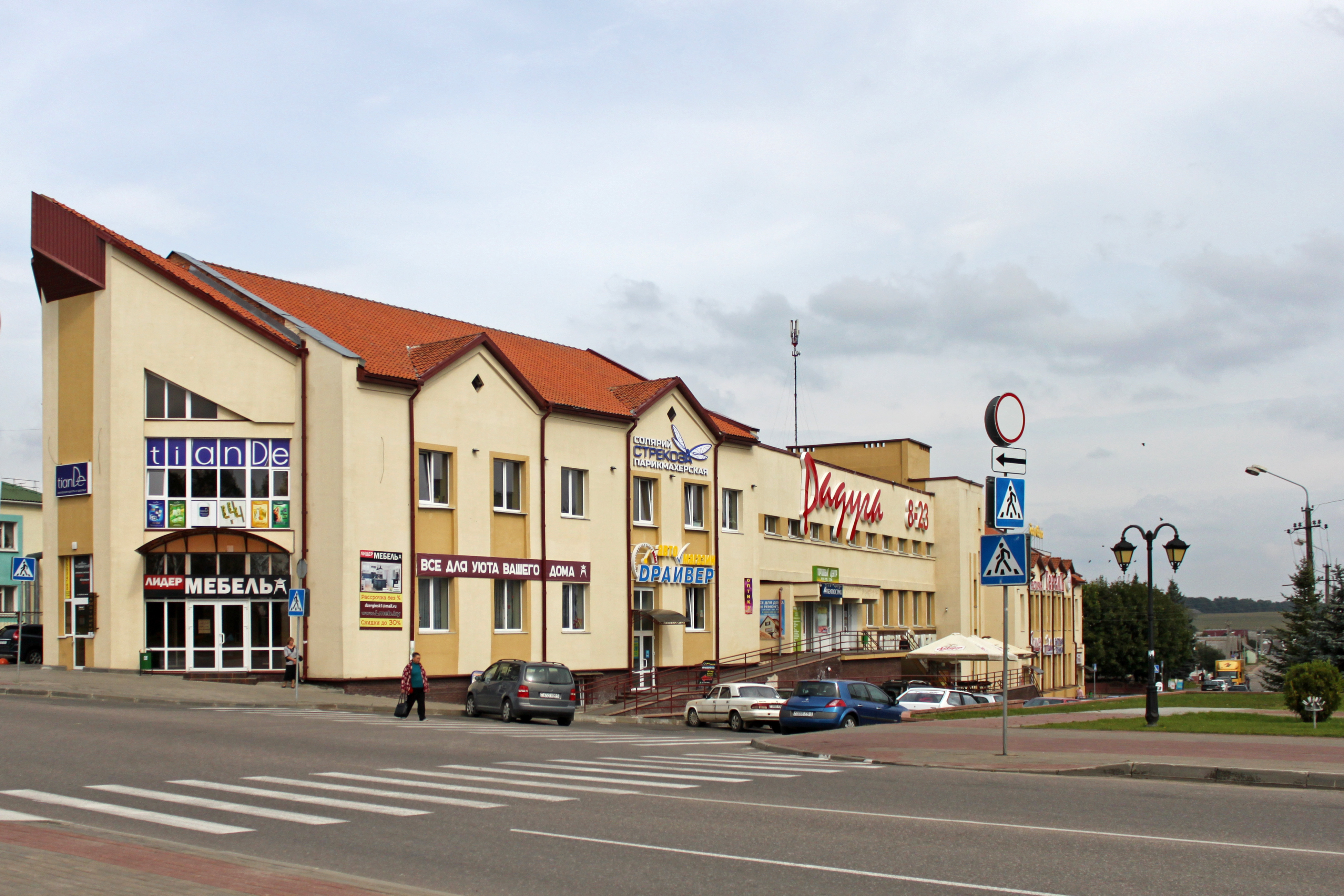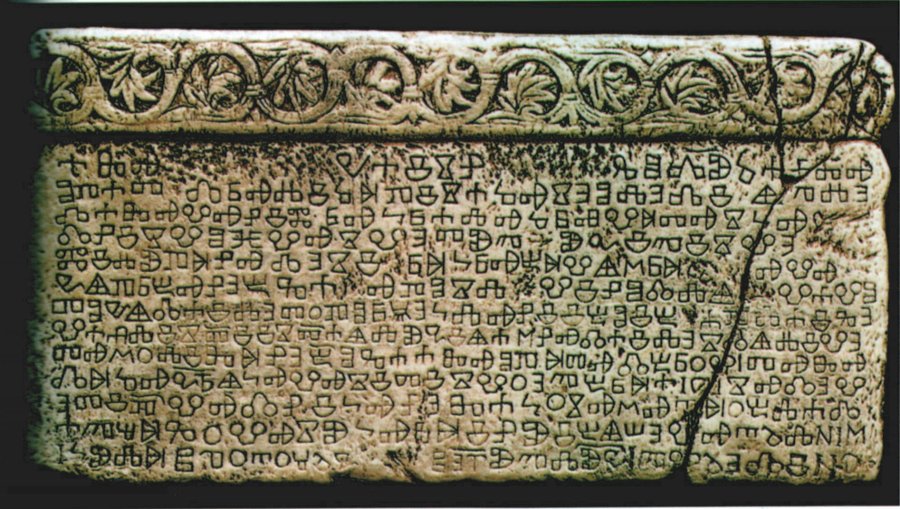|
Shchitkovichi
Shchytkavichy or Shchitkovichi ( be, Шчыткавічы, translit=Ščytkavičy; russian: Щитковичи; pl, Szczytkowicze) is an agrotown in Staryya Darohi District, Minsk Region, Belarus. It serves as the administrative center of Shchytkavichy selsoviet. Toponymy The suffix ''-vichi'' or ''-wicze'', derived from Old Polish, indicates that this is a patronymic name. The lexical morpheme of a patronymic name could be the name of a father's office or ancestors or the name or surname of a patron (e.g. the Polish surname Szczytko). History The village was mentioned in 1433 as part of the Grand Duchy of Lithuania. According to Matvei Lyubavsky, Shchytkavichy was then part of the Principality of Slutsk, a magnate state of Olelkovich dukes, descendants from the Lithuanian Gediminids (male line) and Ruthenian Rurikids (female line).''Любавский М.'' Областное деление и местное управление Литовско-Русского гос� ... [...More Info...] [...Related Items...] OR: [Wikipedia] [Google] [Baidu] |
Staryya Darohi District
Staryya Darohi District is the second-level administrative subdivision (raion) of Belarus in the Minsk Region. There are seven selsoviets in the Staryya Darohi District: * Drazhnovsky * Novodorozhsky * Pasek * Polozewiczski * Starodorozhsky * Shchitkovichi Shchytkavichy or Shchitkovichi ( be, Шчыткавічы, translit=Ščytkavičy; russian: Щитковичи; pl, Szczytkowicze) is an agrotown in Staryya Darohi District, Minsk Region, Belarus. It serves as the administrative center of Shch ... * Yazylsky The Gorki selsoviet was abolished in 2013. References {{Coord, 53, 02, 22, N, 28, 15, 54, E, region:BY_type:adm2nd_source:kolossus-itwiki, display=title Districts of Minsk Region ... [...More Info...] [...Related Items...] OR: [Wikipedia] [Google] [Baidu] |
Agrotown (Belarus)
An agrotown ( be, аграгарадок, ahraharadok; russian: агрогородок, agrogorodok) is an official type of rural settlement in Belarus introduced by a law passed in 1998. The law defines agrotowns as well-developed rural settlements with industrial and social infrastructure to ensure social standards for population living there and in the surrounding areas. The law further says that if a ''selsoviet Selsoviet ( be, сельсавет, r=sieĺsaviet, tr. ''sieĺsaviet''; rus, сельсовет, p=ˈsʲelʲsɐˈvʲɛt, r=selsovet; uk, сільрада, silrada) is a shortened name for a rural council and for the area governed by such a cou ...'' (rural district) has agrotowns, its administrative center must be in an agrotown. If there is more than one agrotown, the selsoviet center is assigned by the District Council of Deputies. References Types of populated places Rural geography {{belarus-geo-stub ... [...More Info...] [...Related Items...] OR: [Wikipedia] [Google] [Baidu] |
Knyaz
, or (Old Church Slavonic: Кнѧзь) is a historical Slavic title, used both as a royal and noble title in different times of history and different ancient Slavic lands. It is usually translated into English as prince or duke, depending on specific historical context and the potentially known Latin equivalents of the title for each bearer of the name. In Latin sources the title is usually translated as , but the word was originally derived from the common Germanic (king). The female form transliterated from Bulgarian and Russian is (), in Slovene and Serbo-Croatian (Serbian Cyrillic: ), ''kniahinia'' (княгіня) in Belarusian and ''kniazioŭna'' (князёўна) is the daughter of the prince, (княгиня) in Ukrainian. In Russian, the daughter of a knyaz is (). In Russian, the son of a knyaz is ( in its old form). The title is pronounced and written similarly in different European languages. In Serbo-Croatian and some West Slavic languages, the w ... [...More Info...] [...Related Items...] OR: [Wikipedia] [Google] [Baidu] |
Trąby Coat Of Arms
Trąby (, " Horns") is a Polish coat of arms. It was used by many ''szlachta'' (noble) families under the Kingdom of Poland and the Polish–Lithuanian Commonwealth. History The origin of the horn motif lies in the extent of lands conceded being determined by the distance a horn could be heard in all directions. Blazon Argent three bugle horns in triangle the mouthpieces conjoined in fess point Sable garnished, virolled and corded Or. Notable bearers Notable bearers of this coat of arms have included: * Prince Jan Karaszewicz-Tokarzewski (1885–1954) — Ukrainian diplomat and heraldry historian * Kristinas Astikas * Radvila Astikas * Zbigniew Brzeziński * Teodor Narbutt, historian, military engineer * Radziwiłł family * Tadeusz Jordan-Rozwadowski, Austrian & Polish General & Politician, first chief of the modern Polish General Staff 1918-1919 & 1920-1924, major contributor to victory at the Battle of Warsaw, one of the founders of the modern Polish state. * Michał K ... [...More Info...] [...Related Items...] OR: [Wikipedia] [Google] [Baidu] |
Radziwiłł Family
The House of Radziwiłł (; lt, Radvila; be, Радзівіл, Radzivił; german: link=no, Radziwill) is a powerful magnate family originating from the Grand Duchy of Lithuania and later also prominent in the Crown of the Kingdom of Poland. The family was founded by Radvila Astikas, but over time it split into many branches, such as the Biržai-Dubingiai and Goniądz-Meteliai lines. However, most of the branches became extinct by the 18th century, with only the Nesvizh-Kleck-Ołyka line surviving to this day. Their descendants were highly prominent for centuries, first in the Grand Duchy of Lithuania, later in the Polish–Lithuanian Commonwealth and the Kingdom of Prussia. The family produced many individuals notable in History of Lithuania, Lithuanian, history of Poland, Polish, history of Belarus, Belarusian, history of Germany, German as well as general history of Europe, European history and culture of Europe, culture. The Radziwiłł family received the title of ''Reichs ... [...More Info...] [...Related Items...] OR: [Wikipedia] [Google] [Baidu] |
Family Estate
An estate is a large parcel of land under single ownership, which would historically generate income for its owner. British context In the UK, historically an estate comprises the houses, outbuildings, supporting farmland, and woods that surround the gardens and grounds of a very large property, such as a country house, mansion, palace or castle. It is the modern term for a manor, but lacks a manor's now-abolished jurisdiction. The "estate" formed an economic system where the profits from its produce and rents (of housing or agricultural land) sustained the main household, formerly known as the manor house. Thus, "the estate" may refer to all other cottages and villages in the same ownership as the mansion itself, covering more than one former manor. Examples of such great estates are Woburn Abbey in Bedfordshire, England, and Blenheim Palace, in Oxfordshire, England, built to replace the former manor house of Woodstock. In a more urban context are the "Great Estates" in ... [...More Info...] [...Related Items...] OR: [Wikipedia] [Google] [Baidu] |
Dzyarzhynsk
Dzyarzhynsk or Dzerzhinsk, formerly Koidanova or Koydanava ( be, Дзяржы́нск, Dziaržynsk, formerly , ; russian: Дзержи́нск, Dzerzhinsk, formerly , ; pl, Kojdanów; yi, קוידאַנאָוו, Koydanov; lt, Kaidanava), in the Dzyarzhynsk District of Belarus, is a city with a history dating to the 11th century. History In the Middle Ages, the village belonged to the Radziwiłłs, a Polish–Lithuanian aristocratic family. Jewish community Jews lived in Koidanova as early as 1620. Koidanova became the site of a new Hasidic Jewish dynasty in 1833 when Rabbi Shlomo Chaim Perlow (1797–1862) became the first Koidanover Rebbe. He was succeeded by his son, Rabbi Boruch Mordechai Perlow (1818–1870), grandson, Rabbi Aharon Perlow (1839–1897), and great-grandson, Rabbi Yosef Perlow of Koidanov-Minsk (1854-1915), who was the last Koidanover Rebbe to live in the town. After World War I, the dynasty was moved to Baranovichi, then in Poland. In 1847, K ... [...More Info...] [...Related Items...] OR: [Wikipedia] [Google] [Baidu] |
Landownership
A landlord is the owner of a house, apartment, condominium, land, or real estate which is rented or leased to an individual or business, who is called a tenant (also a ''lessee'' or ''renter''). When a juristic person is in this position, the term landlord is used. Other terms include lessor and owner. The term landlady may be used for the female owners. The manager of a pub in the United Kingdom, strictly speaking a licensed victualler, is referred to as the landlord/landlady. In political economy it refers to the owner of natural resources alone (e.g., land, not buildings) from which an economic rent is the income received. History The concept of a landlord may be traced back to the feudal system of manoralism ( seignorialism), where a landed estate is owned by a Lord of the Manor (mesne lords), usually members of the lower nobility which came to form the rank of knights in the high medieval period, holding their fief via subinfeudation, but in some cases the land may also b ... [...More Info...] [...Related Items...] OR: [Wikipedia] [Google] [Baidu] |
Veldamas
Veldamas (plural: ''veldamai'') was a form of landownership in the early stages of Lithuanian serfdom. The term describes a peasant family with its land and other belongings granted by the Grand Duke of Lithuania to his loyal followers, usually as a reward for military service. The peasant retained ownership of his property, including land, but owed taxes and levies imposed by the noble. ''Veldamas'' was a middle stage between ''laukininkas'' (a free peasant) and a serf. The term ''veldamas'' is derived from Lithuanian word ''veldėti'', ''valda'' and means "to rule something". East Slavic texts loaned the word as велдомы. The term gradually disappeared after the Volok Reform in 1557, but it was still used in ''Postilė'' by Mikalojus Daukša (1599) to denote a subordinate. Rights ''Veldamai'' were different from ''kaimynai'', a class of peasants also under control of the nobles, as ''kaimynai'' did not own their land and had to rent it from the nobles. ''Veldamai'' had som ... [...More Info...] [...Related Items...] OR: [Wikipedia] [Google] [Baidu] |
Boyar
A boyar or bolyar was a member of the highest rank of the feudal nobility in many Eastern European states, including Kievan Rus', Bulgaria, Russia, Wallachia and Moldavia, and later Romania, Lithuania and among Baltic Germans. Boyars were second only to the ruling princes (in Bulgaria, tsars) from the 10th century to the 17th century. The rank has lived on as a surname in Russia, Finland, Lithuania and Latvia where it is spelled ''Pajari'' or ''Bajārs/-e''. Etymology Also known as bolyar; variants in other languages include bg, боляр or ; rus, боя́рин, r=boyarin, p=bɐˈjærʲɪn; ; ro, boier, ; and el, βογιάρος. The title Boila is predecessor or old form of the title Bolyar (the Bulgarian word for Boyar). Boila was a title worn by some of the Bulgar aristocrats (mostly of regional governors and noble warriors) in the First Bulgarian Empire (681–1018). The plural form of boila ("noble"), ''bolyare'' is attested in Bulgar inscriptions [...More Info...] [...Related Items...] OR: [Wikipedia] [Google] [Baidu] |
Knyaz
, or (Old Church Slavonic: Кнѧзь) is a historical Slavic title, used both as a royal and noble title in different times of history and different ancient Slavic lands. It is usually translated into English as prince or duke, depending on specific historical context and the potentially known Latin equivalents of the title for each bearer of the name. In Latin sources the title is usually translated as , but the word was originally derived from the common Germanic (king). The female form transliterated from Bulgarian and Russian is (), in Slovene and Serbo-Croatian (Serbian Cyrillic: ), ''kniahinia'' (княгіня) in Belarusian and ''kniazioŭna'' (князёўна) is the daughter of the prince, (княгиня) in Ukrainian. In Russian, the daughter of a knyaz is (). In Russian, the son of a knyaz is ( in its old form). The title is pronounced and written similarly in different European languages. In Serbo-Croatian and some West Slavic languages, the w ... [...More Info...] [...Related Items...] OR: [Wikipedia] [Google] [Baidu] |



_-_contrast.jpg)
